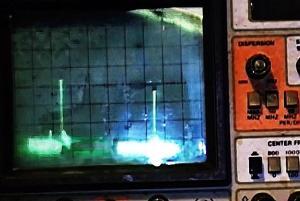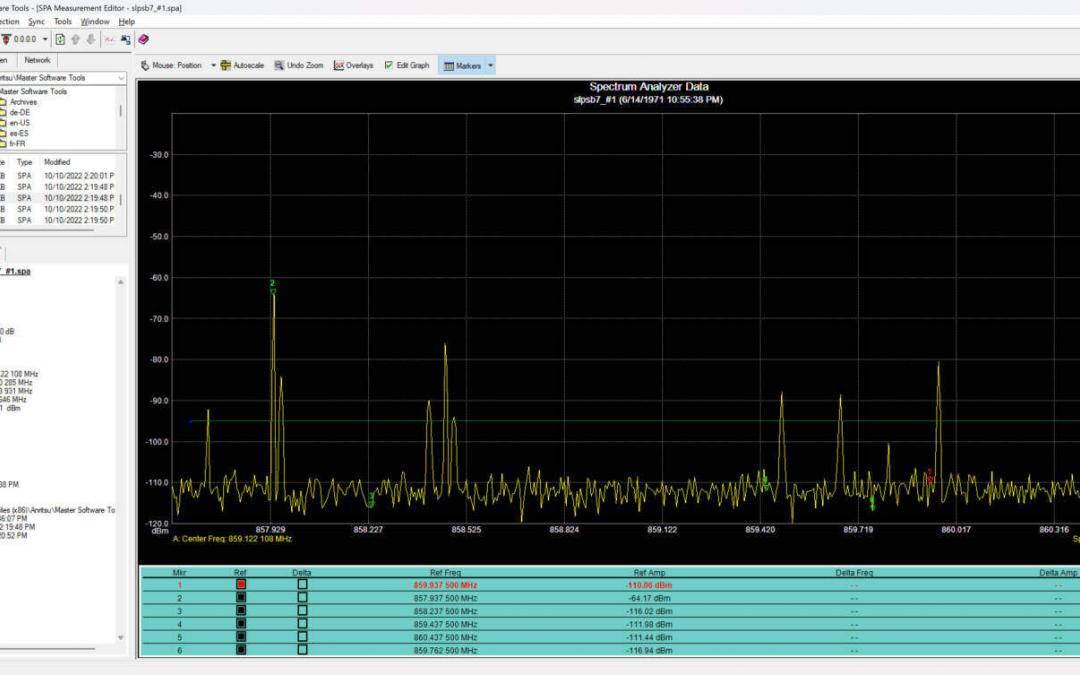RF pollution is a form of electromagnetic interference that can cause problems for radio and wireless technologies. It occurs when there is an excess of radio frequency signals in the air, leading to interference among different radio signals. This interference can cause transmission errors, reduced range, and reduced data rates for wireless devices, as well as distortion of audio or video signals from broadcast sources. Just as we have a limited amount of resources on the planet, there is a limited amount of radio spectrum available. Devices that intentionally or unintentionally leak Radio Frequency energy with no usefully purpose clutter up that spectrum just as litter and other waste clutter up the land. The effect is cumulative and can be local, or worldwide depending on the frequencies involved. As we get more and more electronic devices in our lives, the emissions from them, large or small, contribute to the rising noise floor that makes it more difficult for other wireless devices to operate.
There are many causes for this:
LED (Light Emitting Diode) lights
RF interference from LED lights can be an issue for a number of systems that rely on radio frequency communication. LED lights, or more correctly the power supplies that feed them, can generate high levels of electromagnetic emissions that can interfere with radio frequency signals. This is not because of the LED itself, but because many of them are driven with pulsed power supplies which produce a lot of harmonics1. This interference can cause a number of problems with electronics and systems that rely on radio frequency, including disruptions or complete interference with radio communication, television and satellite reception, Wi-Fi networks, and even navigation systems.
Solar Panels
Not really from the panels themselves since they put out DC, but from the charge controllers and regulators which use electronic switching to regulate the voltage. If these circuits are poorly designed with insufficient RF suppression the result can be radio signals leaking from the power wiring.
Cable TV
CATV systems use frequencies that overlap those that are licensed to be used on the air. This works if those frequencies stay inside the cable system, but improperly installed connectors or improperly shielded equipment can cause the signals to leak out in to the air where they can interfere with other radio services such as, Land Mobile Radio, Aircraft, Ham Radio, and cell phones. It is very common for me to pick up cable system leaks on my radio while I am driving.
Cell phones
It is common for cell phone to interfere with audio equipment that is nearby. The popular radiation shielding cases don’t really help this as the phones will increase their power output to maintain connection with the site.
Other consumer Electronics
I have tracked interference caused by computers, and even an ultrasonic pest control device which was causing pulses on a TV channel.
Power Lines
When you hear the power buzzing or arcing on the high voltage lines, there is often an RF emission accompanying it.

Unlicensed or uncertified radio transmitters are subject to certain regulations. In areas where a license is not required, radios must still be certified to ensure proper operation. Certification is conducted by FCC approved testing labs. In most cases, qualified technicians handle the setup and advanced settings of the radio, with end users having limited control. However, amateur radio operators are responsible for operating their radios correctly. Unfortunately, these precautions are often ignored. CB radios are limited to 4 watts, but many users employ improperly tuned amplifiers. Retevis, a company, sells radios programmed for amateur frequencies without informing buyers about the requirement for a license or the restrictions on amateur frequencies. Baofeng, another company, manufactures radios that can be programmed by users to unauthorized frequencies. These radios are notorious for emitting spurious signals, which are frequencies outside the intended range. Spurious emissions can be caused by inadequate filtration, amplifier overdriving, or the mixing of oscillators in unsuitable equipment. Furthermore, some individuals deliberately misuse radio frequencies, transmitting on frequencies licensed to others.
Nearby high power transmitters
You may get interference from transmitters that are in close proximity. Radios or TV stations, an amateur radio transmitter, or other commercial transmitter. It is important to note two things. First, they are likely licensed to transmit and a lot of consumer equipment has the warning “(1) this device may not cause harmful interference, and (2) this device must accept any interference received, including interference that may cause undesired operation.”. The other is that just because you see an antenna, that does not mean that it is the cause of the problem. It may take a technician to identify the actual cause.
What can be done?
1. Avoid getting cheap, poorly manufactured equipment. Look for an FCC certification, it is not a guarantee there won’t be a problem, but it helps.
2. Identify noise sources in your house. If you have an interference problem, disconnecting and unplugging equipment until the problem stops may help identify the source.
3. Use ferrite beads, suppression capacitors and filters. The last two probably need to be done by a technician.
4. Make sure equipment you own is used properly. Don’t contribute to the problem.
5. Get a technician to track down the source of the problem
- Integer Multiples of the desired frequency. ↩︎
